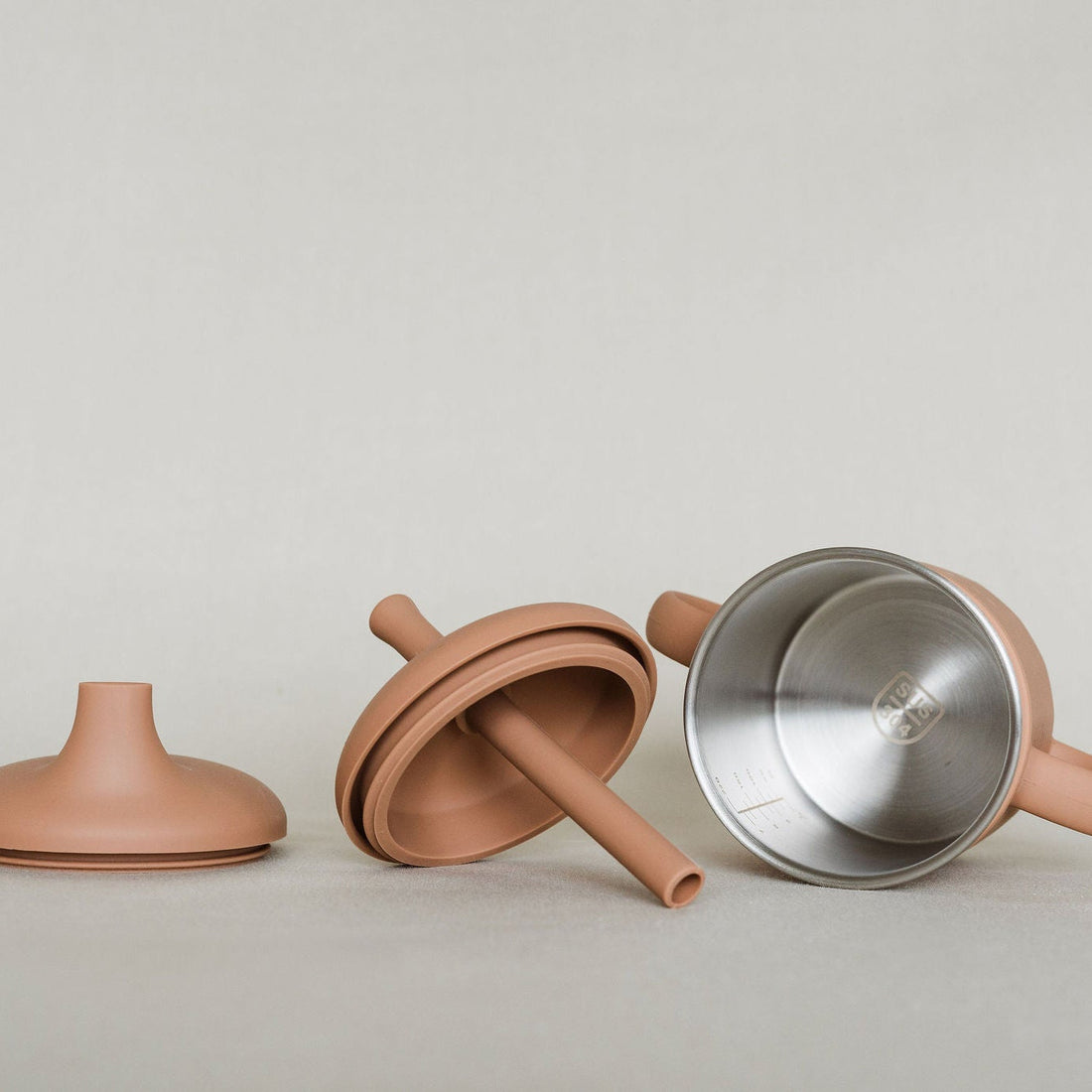
The differences between various grades of Stainless Steel
Share
When it comes to choosing the best dinnerware for your little ones, safety and durability are key factors to consider. Stainless steel is a popular choice for children's dinnerware due to it's non-toxic properties and resistance to corrosion. However, not all stainless steel is created equal. Let's dive into the differences between various grades of stainless steel.
What is Stainless Steel?
Stainless steel is a versatile and durable material made from a combination of iron, chromium, nickel, and other elements. It is known for it's strength, resistance to rust and stains, and easy maintenance. These qualities make it a popular choice for kitchenware, including children's dinner sets.
Understanding Stainless Steel Grades
Stainless steel is available in different grades, each with it's own unique properties and characteristics. The most common grades used in children's dinnerware are 18/8 and 18/10 stainless steel. The numbers represent the percentages of chromium and nickel in the alloy.
18/8 Stainless Steel (Also known as 304)
18/8 stainless steel contains 18% chromium and 8% nickel. This grade is commonly used in children's dinnerware due to it's durability, corrosion resistance, and slightly more affordable. It is safe for food contact and does not react with acidic foods, making it a practical choice for everyday use.
18/10 Stainless Steel (Also known as 316)
18/10 stainless steel contains 18% chromium and 10% nickel. This grade is considered higher quality. The higher nickel content provides added shine and resistance to tarnishing. While slightly more expensive than 18/8 stainless steel, 18/10 offers superior durability and longevity.
Stainless steel dinnerware is a safe and practical option for children of all ages. It's durability, easy maintenance, and non-toxic properties make it a reliable choice for everyday use. So, why not treat your little one to a set of stainless steel dinnerware that will withstand the test of time?